Dear Reader,
I am an animal lover.
And I'm sure you are, too.
If you aren't, there is no need to read this post.
But if you absolutely adore animals, please, continue reading.
There are so many animals in this world, but lots of these animals are becoming so rare, to the point where they are almost extinct.
Here's a list of almost-extinct animals, and little bit about these animals. I'll include pictures, too. Just so you can see how cute and adorable they are.
:)
1. Saola
Status: Critically endangered
Population: Unknown
Scientific Name: Pseudoryx nghetinhensis
Height: Average 33 inches at the shoulder
Weight: 176-220 lbs
Habitats: Evergreen forests with little or no dry season
Saola (pronounced: sow-la, meaning 'spindle horns' in Vietnamese) is often referred to as the Asian unicorn. There isn't much known about this species, even though it was discovered in May 1992, two decades ago.
Saola have two parallel horns with sharp ends, which are found on both males and females, and have striking white markings on the face and large maxillary glands on the muzzle.
Saola are the cousin of cattle, though they resemble antelopes.
Saola have only been found in the Annamite Mountains of Vietname and Laos.
✾––––––––––––––––––––––––––––––––––✾
2. Sunda Tiger
Status: Critically endangered
Population: Less than 400
Scientific Name: Pathera tigris sondaica
Weight: 165-308 lbs
Habitats: Tropical broadleaf evergreen forests, freshwater swamp forests and peat swamps
Sunda tigers, the ones remaining, are only found in Sumatra, one of the Sunda Islands located in western Indonesia.
In Indonesia, jail time and steep fines are rewarded to anyone caught hunting tigers. Even though this law is in effect, there is still a buoyant market that remains in Sumatra that collect and sell tiger parts and products. Because of these markets, Sunda tigers are nearly extinct.
✾––––––––––––––––––––––––––––––––––✾
3. Vaquita
Status: Critically endangered
Population: About 10 individuals
Scientific Name: Phocoena sinus
Height: Up to 5 feet
Weight: Up to 120 pounds
Habitats: Marine (only in the northern Gulf of California)
Vaquita is the world's rarest marine animal, and it's on the edge of extinction. Vaquita is a little porpoise, who wasn't discovered until 1958. Vaquita are usually caught and drowned in gillnets used by illegal fishing operations in marine protected areas within Mexico's Gulf of California.
The vaquita has a large, dark ring around its eyes and dark patches on its lips that form a thin line from the mouth to the pectoral fins.
Its top is dark gray, its sides are pale gray, and its underside is white, with long, light gray markings.
These porpoises are usually found close to shore in the Gulf's shallow waters, but they swim away quickly if a boat approaches.
✾––––––––––––––––––––––––––––––––––✾
4. Orangutan
 |
| Bornean Orangutan |
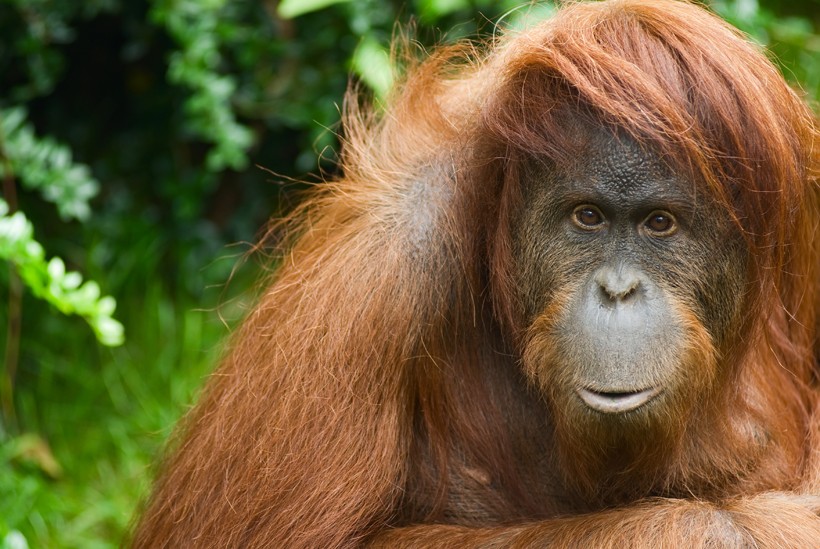 |
| Sumatran Orangutan |
Status: Critically endangered
Population: About 104,700 (Bornean), 13,846 (Sumatran), 800 (Tapanuli)
Scientific Name: Pongo abelii, pongo pygmaeus
Weight: Up to 200 pounds
In the Malay language, the name orangutan means 'man of the forest.'
Orangutans are known for their distinctive red fur. They have long, powerful arms and grasping hands and feet that allow them to move through the branches of trees. Orangutans share 96.4% of our genes and are highly intelligent creatures.
Orangutans live solitary existences in lowland forests. Orangutans feast on wild fruits and slurp water from holes in trees. They make nests in trees of vegetation to sleep at night and rest during the day.
Bornean and Sumatran orangutans differ a little in appearance and behavior. Both have shaggy reddish fur, but the Sumatran orangutans have longer facial hair.
A third species of orangutan was announced in November 2017. The Tapanuli orangutan is the most endangered species of all great apes, with no more than 800 individuals in existence.
✾––––––––––––––––––––––––––––––––––✾
5. Hawksbill Sea Turtle
Status: Critically endangered
Scientific Name: Eretmochelys imbricata
Weight: 90-150 pounds
Length: 30-35 inches
Habitats: Oceans
Hawksbills, named after their narrow, pointed beak, have a distinctive pattern of overlapping scales on their shells that form a serrated-look on the edges. These shells make them highly-valuable and commonly sold as 'tortoiseshell' in markets.
Hawksbills are mainly found throughout the world's tropical oceans, usually in coral reefs. Hawksbills eat mainly sponges by using their narrow pointed beaks to extract them from crevices on the reef. They also eat sea anemones and jellyfish.
✾––––––––––––––––––––––––––––––––––✾
6. Amur Leopard
Status: Critically endangered
Population: More than 84 individuals
Scientific Name: Panthera pardus orientalis
Weight: 70-105 pounds
Habitats: Temperate, Broadleaf, and Mixed Forests
The Amur leopard can run at speeds of up to 37 miles per hour and has been reported to leap more than 19 feet horizontally and up to 10 feet vertically.
This leopard is solitary, nimble-footed, and strong. It carries and hides unfinished kills so that they aren't taken by other predators. It can live for 10-15 years (in captivity, up to 20 years).
The Amur leopard is also known as the Far East leopard, the Manchurian leopard, or the Korean leopard.
✾––––––––––––––––––––––––––––––––––✾
7. Javan Rhinos
Status: Critically endangered
Population: Around 60
Scientific Name: Rhinoceros sondaicus
Height: 4.6-5.8 feet
Weight: 1,984-5,071 pounds
Length: 10-10.5 feet
Habitats: Tropical forests
Javan rhinos, the most threatened out of all five rhino species, only live in Ujung Kulon National Park in Java, Indonesia.
These rhinos are a dusky grey color, have a single horn of up to about 10 inches, and their skin has a number of loose folds, giving the appearance of armor plating.
✾––––––––––––––––––––––––––––––––––✾
8. Red Panda
Status: Endangered
Population: Less than 10,000 individuals
Scientific Name: Ailurus fulgens
Length: 2 feet
Habitats: Temperate Forests
Red pandas are herbivores, their name originating from the Nepali word 'ponya,' which means bamboo or plant-eating animal.
Red pandas have a bear-like body, thick russet fur, and are slightly larger than a domestic cat. Its belly and limbs are black, but there are white markings on the side of the head and above its small eyes.
These pandas are very skillful and acrobatic animals that usually stay in trees. They use their long, bushy tails for balance and to cover themselves in winter to stay warm.
Almost 50% of the red panda's habitat is in the Eastern Himalayas.
✾––––––––––––––––––––––––––––––––––✾
9. Black-footed Ferret
Status: Endangered
Population: Approximately 370 in the wild
Scientific Name: Mustela nigripes
Weight: 1.5-2.5 pounds
Length: 18-24 inches
Habitats: Grasslands
Black-footed ferrets had once been extinct globally, but they have made a comeback!
For the last thirty years, efforts from many state and federal agencies, zoos, Native American tribes, conservation organizations, and private landowners have given black-footed ferrets a second chance for survival.
Habitat loss and disease still remain key threat to this highly endangered species.
✾––––––––––––––––––––––––––––––––––✾
10. Pygmy Three-toed Sloth
Status: Critically endangered
Population: Approximately only 48 left
Scientific Name: Bradypus pygmaeus
Weight: 5.5-7.7 pounds
Length: 19-21 inches
Habitats: Red mangrove forests
Pygmy three-toed sloths have large external ear canals, are smaller than other species of sloths, and very little is known about their lifespan.
These sloths are native to the island of Escudo de Veragua, off the Caribbean coast of Panama.
They mainly feed on mangrove leaves.
Not much is known about this species.
✾––––––––––––––––––––––––––––––––––✾
-- Ella Cinder


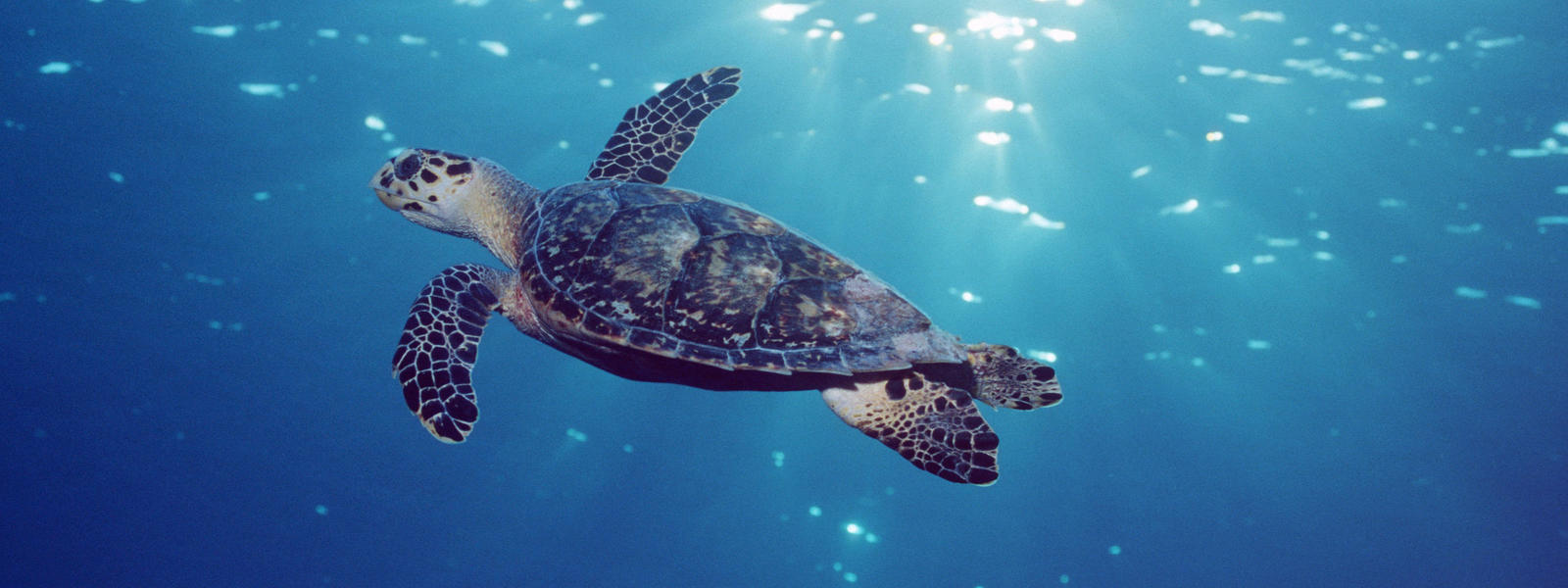
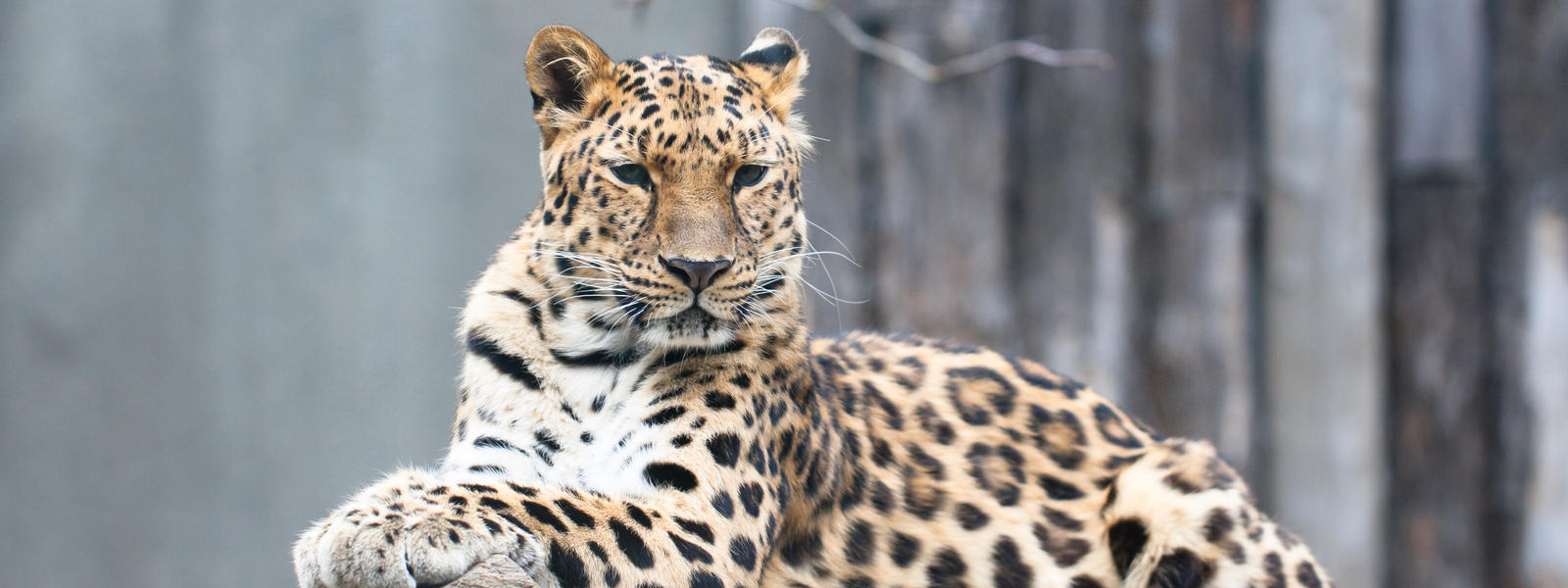

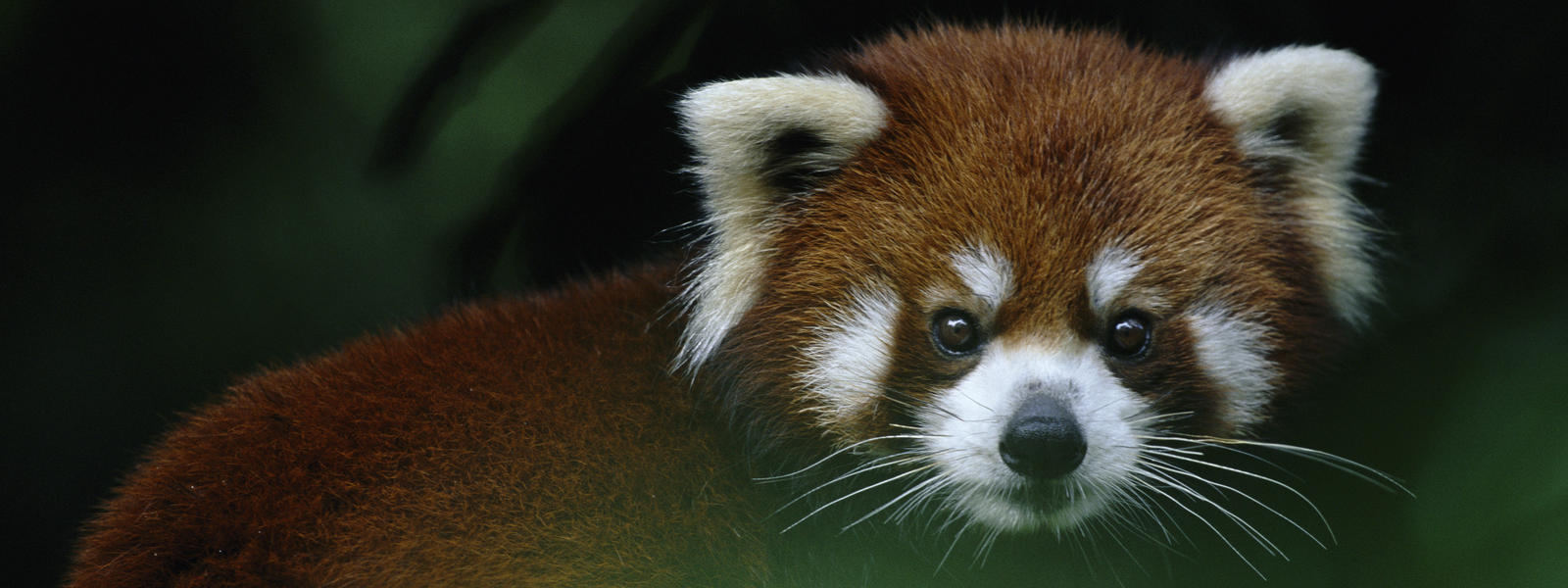
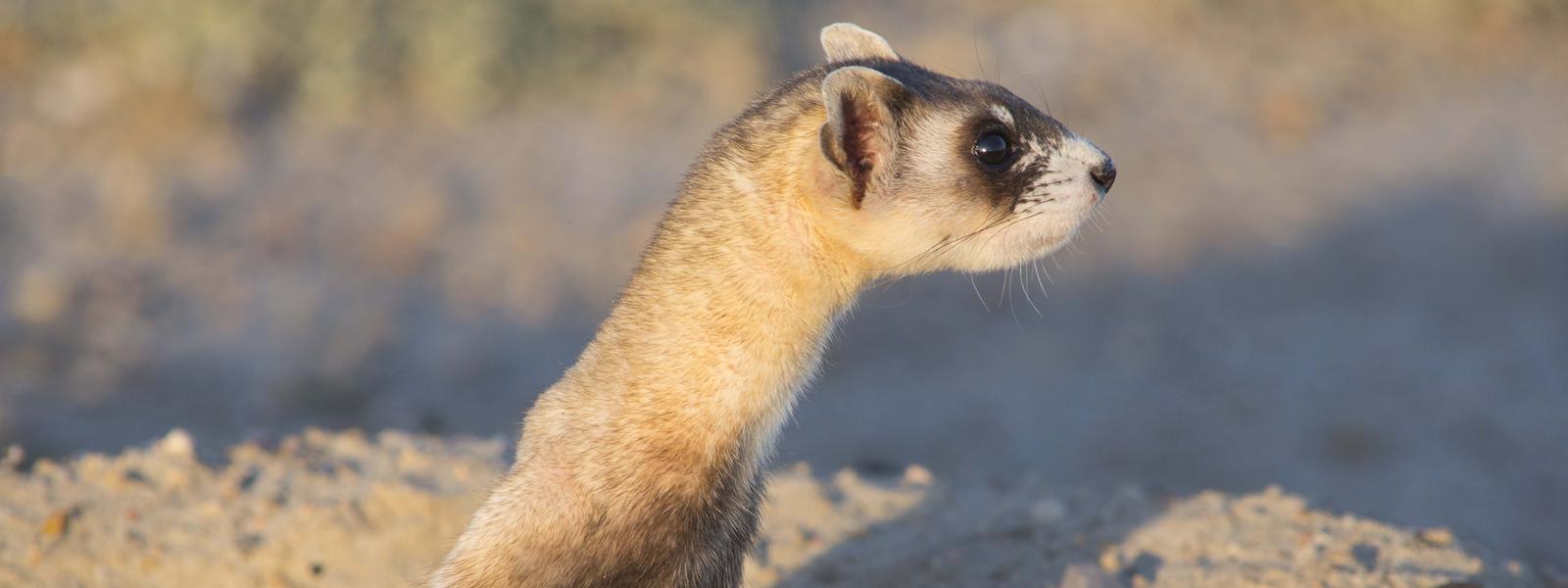
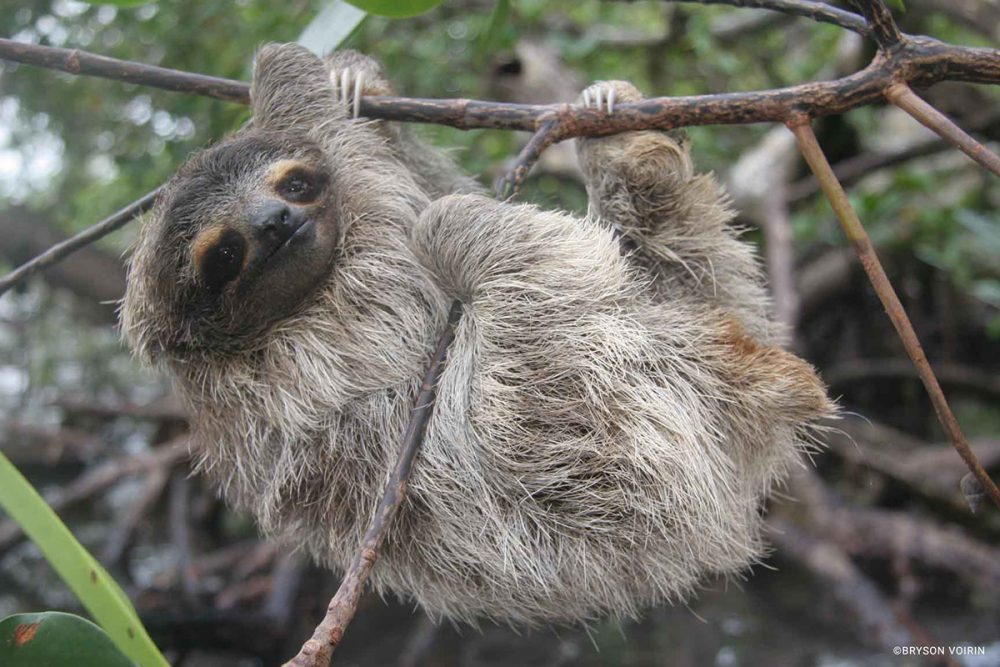
Comments
Post a Comment